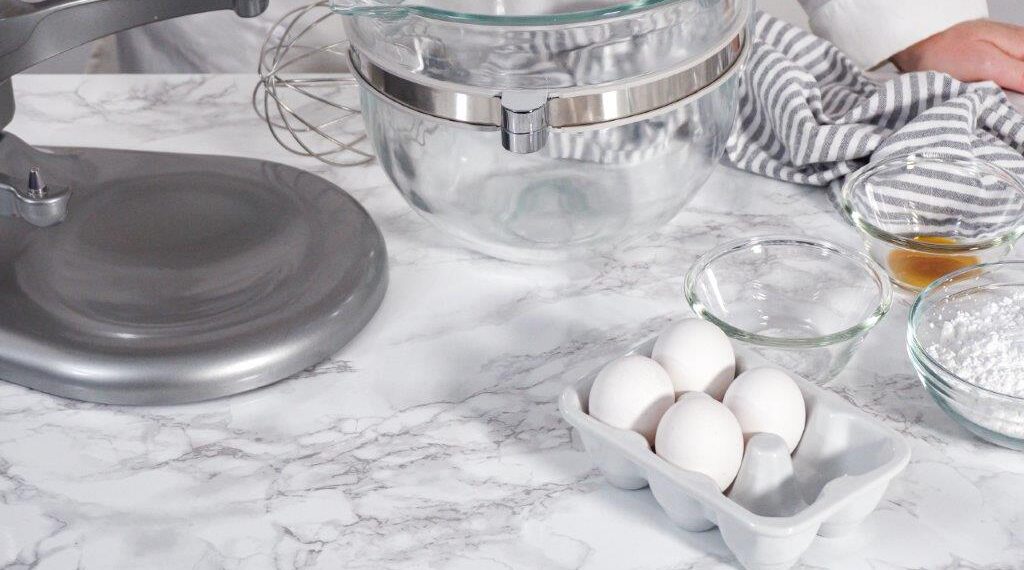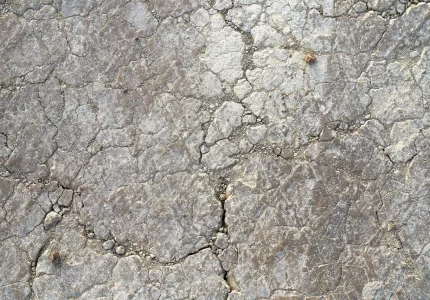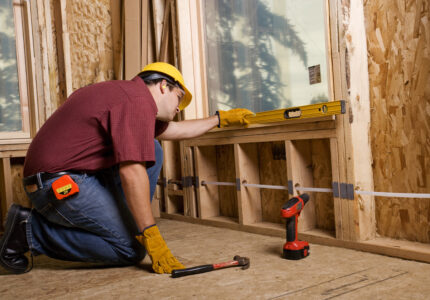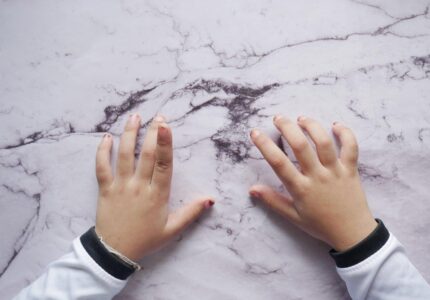Alternatives and Solutions from a Granite Fabricator’s Perspective
Let’s clear the air: marble is gorgeous. It’s the stuff of high-end magazines, luxury hotel lobbies, and dream kitchen Pinterest boards. But is it practical for a busy kitchen? That’s the million-dollar question I get from homeowners, designers, and contractors. And the answer? It depends.
This guide is split into two parts. First, we’ll break down the facts — what makes marble tricky and what helps. Then, we’ll walk through real-world solutions, protective treatments, and alternatives like quartzite that offer similar looks without the same headaches.
Part 1: Understanding Marble in the Kitchen
What Makes Marble Beautiful (and Sensitive)
Marble is a metamorphic stone formed from limestone under heat and pressure. It’s soft compared to granite and quartzite, and it contains calcium carbonate. That’s the catch. Calcium carbonate reacts with acids like lemon juice, tomato sauce, and even vinegar. The result? Etching.
Etching isn’t a stain — it’s more like a chemical burn. You feel a rough spot or see a dull patch where the shine disappears. And once it’s there, it takes professional refinishing to restore it.

Common Marble Worries in Kitchens
Homeowners often ask:
- “Will it stain if I spill wine or coffee?”
- “What if my kids cut lemons right on the surface?”
- “Will oil leave dark spots?”
These are valid concerns. Marble can stain, scratch, and etch. But that doesn’t mean you should avoid it entirely — it just means you need to understand how to protect it.
The Red Sauce Incident
I had a client install beautiful white Carrara marble in her kitchen. One evening, she made spaghetti and placed the hot, uncovered pot on the countertop. The acidic steam etched the surface in one dinner.
She was heartbroken. We refinished the area and taught her how to protect it. She still loves her marble — and now uses trivets and cutting boards religiously.
What About Sealing?
Sealers help, but they aren’t bulletproof. Sealing marble makes it less porous, so it resists stains, but it doesn’t prevent etching. Think of sealers like raincoats. They’ll keep you dry in light rain, but a thunderstorm? You’ll still feel it.
That’s why kitchen marble needs more than just sealing. It needs good habits — like wiping spills immediately and using mats under acidic foods.
Alternative: Quartzite
If you love marble but hate the risk, quartzite is a solid alternative. It looks similar to marble, especially the lighter varieties, but it’s much harder and more resistant to etching.
Quartzite is a natural stone formed from sandstone and heat. It holds up well in kitchens and has the strength of granite with the beauty of marble.
Word of caution: Some slabs sold as quartzite are actually soft quartzite or dolomite. Ask your fabricator to test it with a piece of lemon — a true quartzite won’t etch.
Alternative: Engineered Quartz (with a Marble Look)
Engineered quartz gives you the look of marble with more durability. It doesn’t need sealing and it’s non-porous. But it can’t take heat like natural stone. You’ll need to avoid hot pans directly on the surface.
Still, for busy kitchens or homes with kids, it’s a great compromise. I’ve installed quartz in many family kitchens where function matters more than authenticity.





